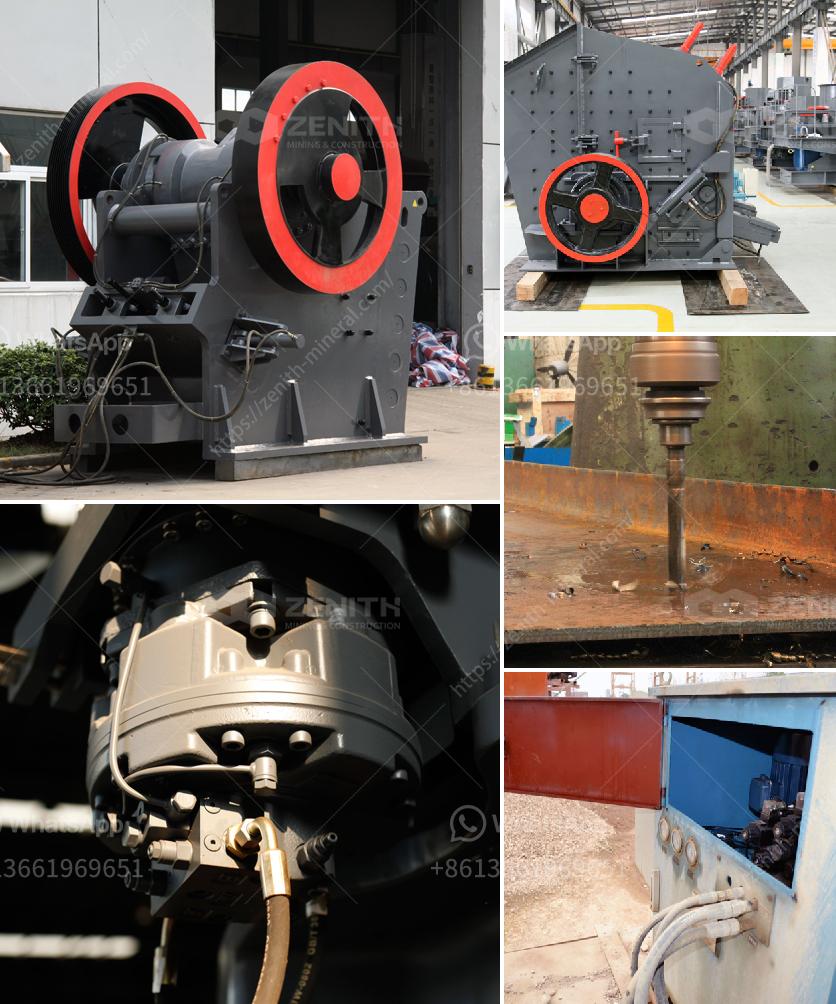Designing a vibrating screen involves several key steps and considerations in order to create a functional, efficient, and durable product. Here are the primary aspects you need to focus on:
1. Determine the Requirements
- Material Characteristics: Understand the material to be screened, including its bulk density, moisture content, abrasiveness, and particle size distribution.
- Capacity: Figure out the required throughput in terms of tons per hour.
- Separation Requirements: Identify the desired particle size distributions of the product and the impurities.
2. Screen Design Basics
- Screen Surface Area: The screen surface area and the size of the openings must be designed to achieve the required separation while maintaining efficient throughput. Larger surface areas can handle higher capacities.
- Screen Decks: Decide on the number of decks (single, double, or triple) based on the need for different separation stages.
3. Vibration Mechanism
- Type of Vibration: Choose between circular, elliptical, or linear vibration based on the material characteristics and application requirements.
- Frequency and Amplitude: Determine the optimal vibration frequency and amplitude to effectively separate materials. Generally, higher frequencies are used for smaller particle separations.
- Drive Type: Select the drive mechanism (eccentric shafts, unbalanced motors, etc.) that will provide the necessary vibration.
4. Structural Components
- Frame Design: The frame must be sturdy enough to withstand the dynamic forces of the vibration. Use high-quality materials and engineering practices to ensure durability.
- Springs and Dampers: Properly designed springs and dampers are crucial to absorb vibrations and prevent mechanical failure.
- Screen Media: Choose suitable screen media (wire cloth, bar deck, polyurethane, rubber) based on the material being processed and the desired result.
5. Operational Considerations
- Inclination and Motion: Adjust the angle of inclination to optimize the screening efficiency. Horizontal screens are effective for finer separations, while inclined screens are suitable for coarser separations.
- Feed Rate and Distribution: Ensure an even feed distribution to maximize efficiency and avoid overloading certain areas of the screen.
6. Maintenance and Accessibility
- Ease of Maintenance: Design for easy access to screen media and drive mechanisms for quick and straightforward maintenance and replacements.
- Safety Features: Incorporate necessary safety features to protect operators and maintenance personnel.
7. Testing and Simulation
- Prototyping: Create prototypes and conduct real-world testing to validate design choices.
- Computer Simulations: Use software tools to simulate the vibration and flow of materials to optimize parameters before building a physical model.
8. Compliance and Standards
- Ensure that the design complies with relevant industry standards and regulations.
By considering all these factors, you'll be able to design a vibrating screen that meets the required specifications and provides reliable operation.

